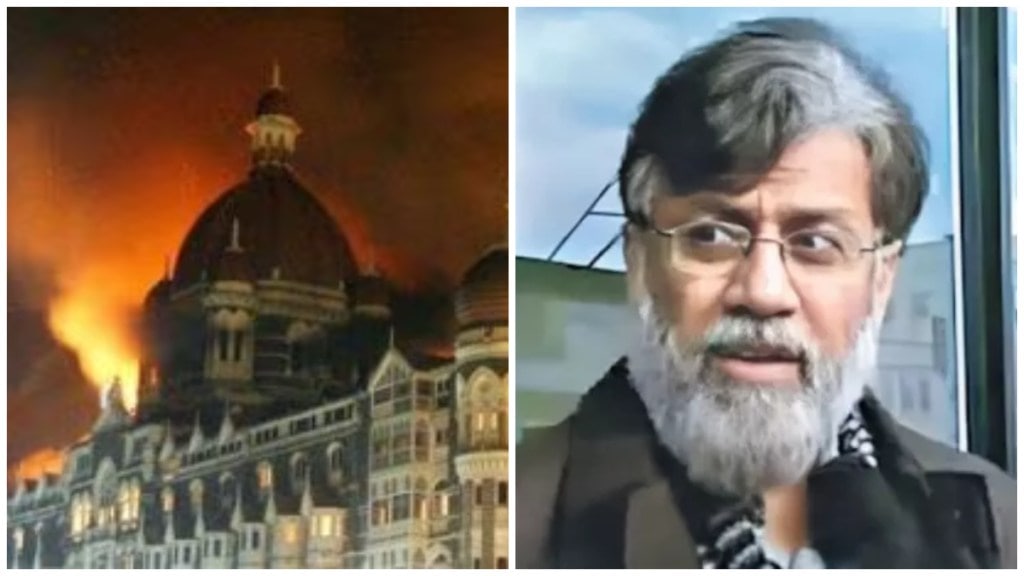The United States Supreme Court on Friday rejected the extradition stay request of Tahawwur Rana, a key accused in the 2008 Mumbai terrorist attacks that killed more than 170 people. Despite the US government’s approval of his extradition to India, Rana’s legal team has been actively contesting his transfer, citing potential risks of torture and ill-treatment upon arrival.
Here’s a detailed timeline of events surrounding the case: Key Events in the Extradition Process
The road to Rana’s extradition has been lengthy, and has seen several legal challenges. The US Supreme Court’s decision marks a major step in the long process, but it is not the final chapter in his legal battle.
• January 21, 2025: The US Supreme Court rejected Rana’s petition challenging the Ninth Circuit Court’s ruling, which had cleared the way for his extradition.
• February 11, 2025: Secretary of State Marco Rubio authorized Rana’s extradition ahead of Prime Minister Modi’s visit to Washington. This was followed by the official confirmation of his extradition from the US Department of State on February 12.
• February 13, 2025: Rana’s defence team filed for the release of additional documents regarding the decision, questioning assurances about his medical treatment in India. They also submitted an emergency petition seeking a stay on his extradition.
• February 19, 2025: The district court denied Rana’s request to halt the extradition, prompting him to file an appeal, which was rejected by the Ninth Circuit on February 21, 2025.
• February 28, 2025: As his extradition loomed, Rana made a last-ditch attempt by filing an emergency request with the US Supreme Court to stay his transfer.
• March 5, 2025: The US Supreme Court acknowledged Rana’s petition and now has been rejected.
Rana’s Legal Challenge
Rana’s legal team has been tirelessly arguing that his extradition would expose him to torture in India. In their plea, they invoked the United Nations Convention Against Torture (UNCAT), which prohibits the extradition of individuals to countries where they face a real risk of torture. The petition of Rana stated “There are substantial grounds for believing that, if extradited to India, petitioner will be in danger of being subjected to torture.”
His defence also referenced the United Nations Convention Against Torture (UNCAT), which prohibits the transfer of individuals to countries where they risk facing torture. The defence further points to reports by the US State Department that have documented human rights abuses within India’s criminal justice system.
Comparisons with the Sanjay Bhandari Case
To make his argument stronger, his team drew parallels with the recent UK decision in the case of arms dealer Sanjay Bhandari, whose extradition to India was blocked over fears he would face torture. His petition suggested that if Bhandari, accused of financial crimes, could be protected on these grounds, his own fears of torture are even more valid, given his connection to the high-profile Mumbai attacks.
Despite these claims, Indian officials remained confident that the extradition process will proceed. A senior government source stated, “It’s just a formality now. Rana is making last-ditch efforts, but he will be extradited soon.”
India’s Stand
According to reports, for the Indian officials Rana’s extradition is seen as key to obtaining more information about the terror network behind the Mumbai attacks. His role in aiding surveillance for the attacks, which killed 166 people, has raised significant concerns about the involvement of Pakistani operatives and officials.
An official from India’s National Investigation Agency (NIA) stated, “We are eager to learn more about the role of the conspirators based in Pakistan.”
The US has expressed its ongoing commitment to ensuring Rana’s extradition. The State Department has confirmed, “The Secretary of State has signed the surrender warrant authorizing Rana’s surrender to Indian authorities.”
Currently detained in Los Angeles, Rana is expected to be handed over to Indian authorities once the legal hurdles are cleared. His extradition is seen as a crucial step in bringing the individuals behind the 2008 attacks to justice.

